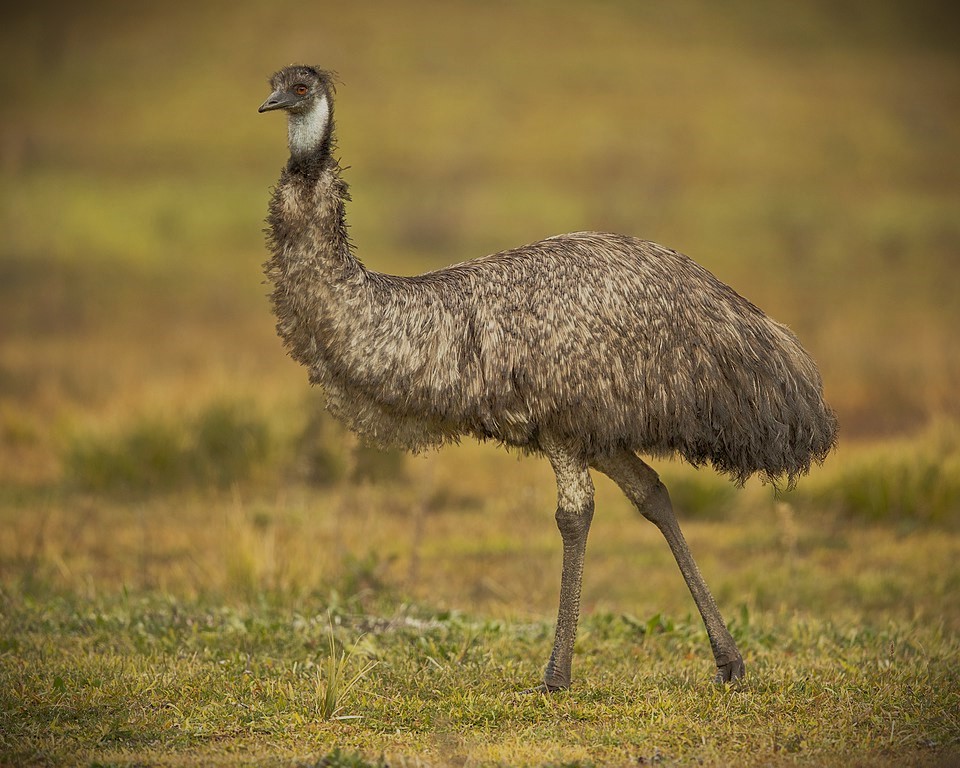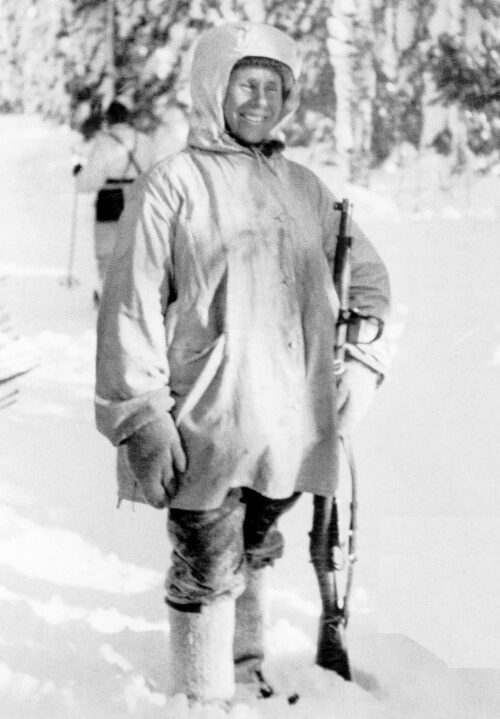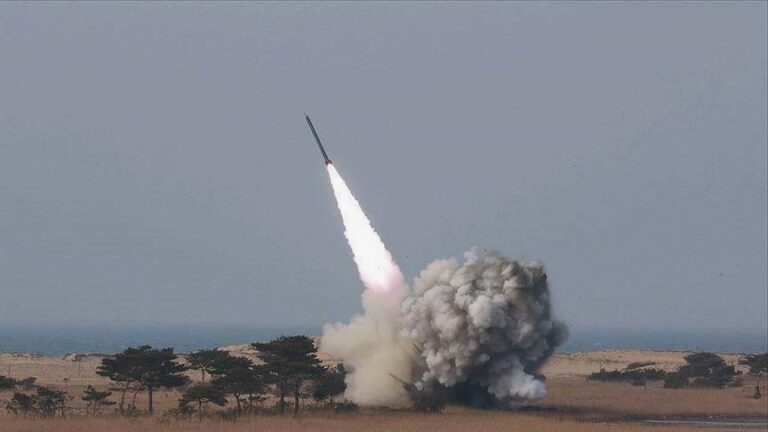
In the long history of military engagements, few conflicts stand out as truly surreal. Yet, in 1932, Australia found itself embroiled in an unusual battle—not against a foreign power, but against an army of flightless birds. The Great Emu War was a bizarre, almost comical episode in which elite soldiers armed with machine guns took on a horde of tall, fast-running emus and lost.
But beneath the absurdity lay a very real crisis—one driven by economic hardship, environmental challenges, and a desperate attempt to control nature itself.
The Problem Begins: An Unstoppable Feathered Invasion
The origins of the Emu War stretch back to World War I’s aftermath, when the Australian government sought to repopulate rural areas with returning veterans. Thousands of ex-soldiers were given land in Western Australia and encouraged to farm wheat and livestock, with the promise of government subsidies.
But by the early 1930s, the Great Depression had shattered the economy. Wheat prices collapsed, subsidies never materialized, and farmers were left struggling to survive. Then came an unexpected adversary: the emus.
In the spring of 1932, an estimated 20,000 emus migrated from the arid interior to farmlands, flattening crops, breaking fences, and outcompeting livestock for water and food. Farmers, already on the brink of ruin, saw their livelihoods trampled—literally—under the feet of these six-foot-tall birds.
Desperate for relief, the farmers turned to the government with an unusual request: send the military.
The Government’s Plan: Machine Guns vs. Emus
Seeing an opportunity to support struggling veterans, the Australian government approved a military operation against the birds. Minister of Defence George Pearce authorized the deployment of soldiers under the command of Major G.P.W. Meredith of the Royal Australian Artillery.
The strategy was simple:
- Armed with two Lewis machine guns and 10,000 rounds of ammunition, the soldiers would move into the wheat fields and gun down the emus en masse.
- The campaign would be swift, efficient, and end the emu menace once and for all.
At least, that was the plan.
The Battle Begins: A Tactical Disaster
The war began on November 2, 1932, near the farming town of Campion. The soldiers set up their machine guns, took aim at a group of 50 emus, and opened fire.
Immediately, everything went wrong.
- The emus, rather than standing still as expected, scattered into smaller groups, zigzagging erratically across the fields.
- Despite being large birds, their speed (up to 40 mph) and resilience made them incredibly difficult to hit.
- When hit, many kept running, seemingly unfazed by bullets.
After an entire afternoon of gunfire, fewer than a dozen emus lay dead. The rest had escaped unharmed.
Determined to turn the tide, Meredith’s forces changed tactics. A truck was outfitted with a mounted machine gun, allowing soldiers to chase down the emus while firing. But this plan also failed spectacularly.
- The rough terrain made driving and shooting at the same time impossible.
- The birds were far more agile than the trucks, easily dodging the vehicles and escaping into the bush.
- At one point, the mounted gun jammed, and the entire operation was temporarily halted.
The Emus Adapt and Win the War
Over the next few weeks, the soldiers continued their efforts, but the emus quickly adapted to the human threat.
- The birds began operating in small tactical units, with scouts seemingly warning the larger flocks of incoming soldiers.
- Even when the gunners managed to kill a few emus, hundreds more remained—untouched and undeterred.
- Some reports claim that injured emus refused to go down, running off despite multiple bullet wounds.
By December 10, 1932, the operation was abandoned. The final kill count? Just about 1,000 birds, while an estimated 19,000 emus survived—untamed, undefeated, and still dominating the farmlands.
The Aftermath: A Humiliating Defeat
The failure of the Emu War became a national embarrassment. The press mocked the government, highlighting the absurdity of sending soldiers with machine guns against birds—and losing.
Major Meredith, attempting to salvage his dignity, later remarked that the emus were tougher opponents than any enemy soldiers he had faced. In his words:
“If we had a military division with the bullet-carrying capacity of these birds, it would face any army in the world and win.”
Despite this, the emu problem persisted. Farmers eventually built stronger fences and the government introduced bounties on emus, which proved more effective than military intervention.
The Legacy of the Great Emu War
Today, the Great Emu War is remembered as one of history’s most bizarre military conflicts—a reminder of the unpredictability of nature and the limits of human control over the environment.
Though the Australian government may have lost the battle, the emus remain an enduring symbol of resilience, defiance, and sheer absurdity.






